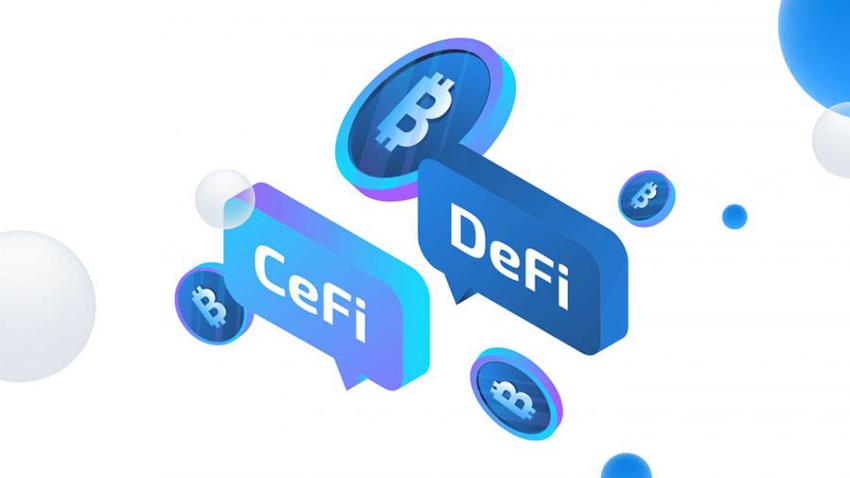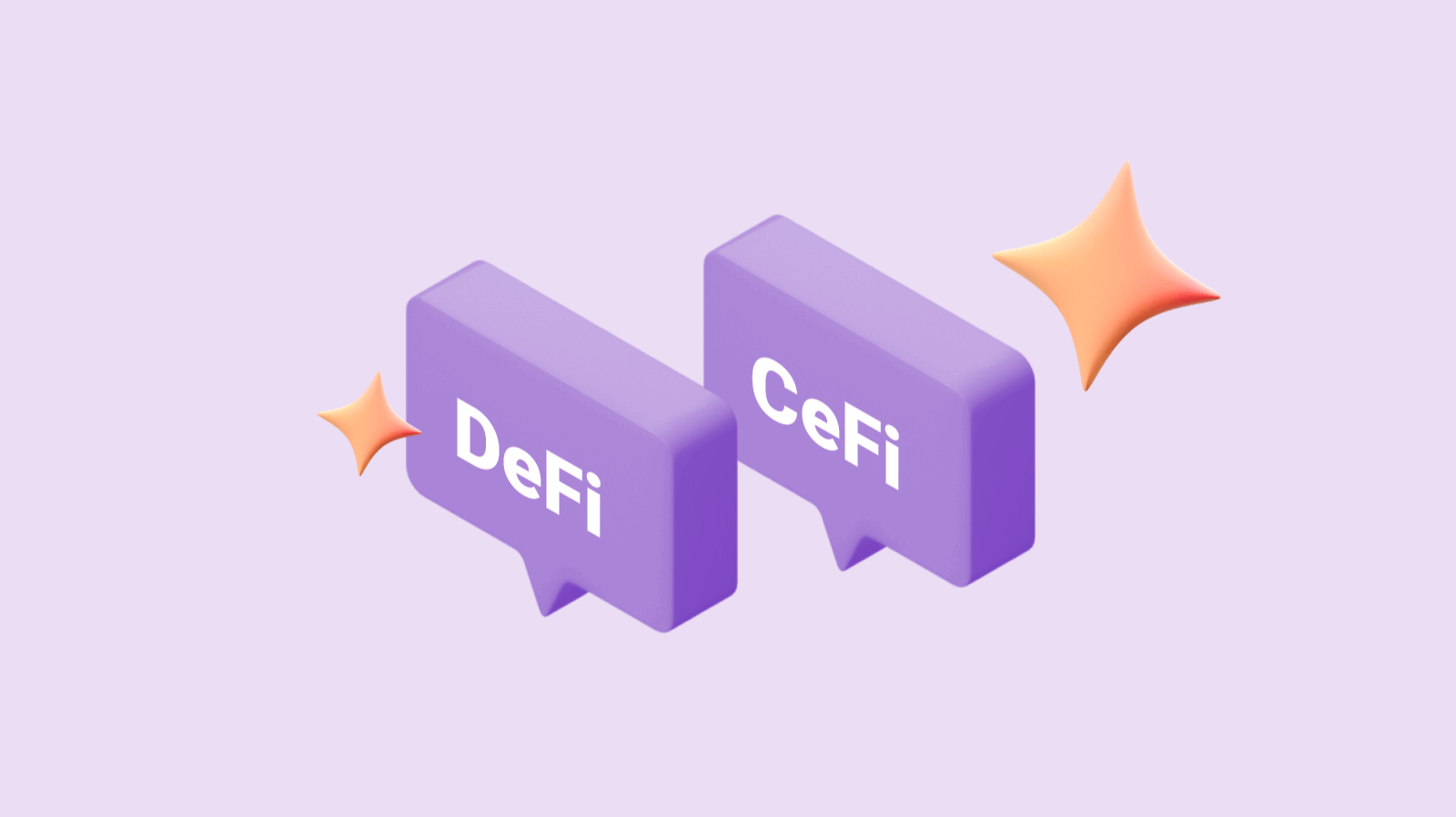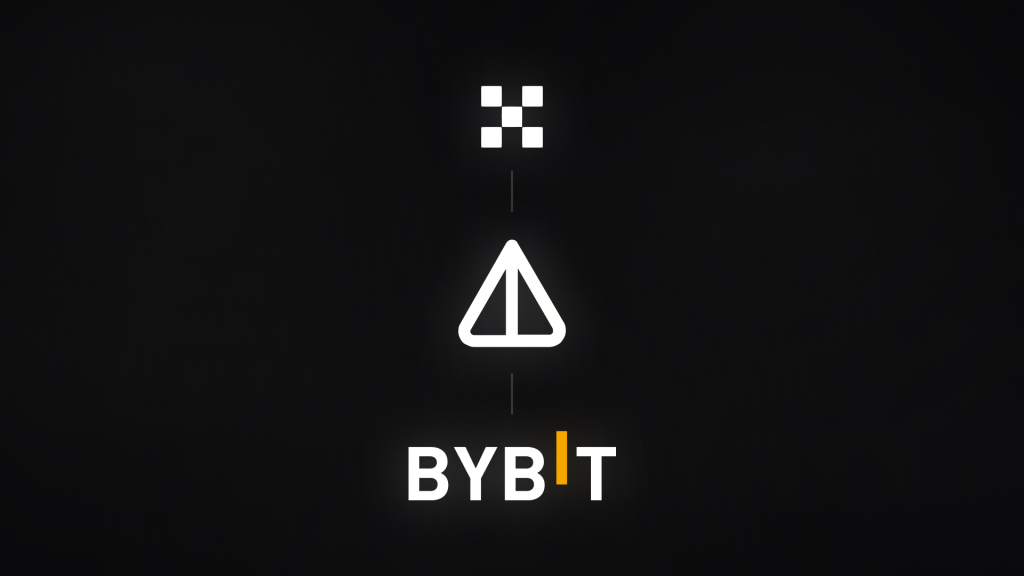CeFi and DeFi are two different approaches to providing financial services using blockchain technology. CeFi stands for centralized finance, and it refers to crypto and blockchain companies that operate like traditional financial systems, meaning a private central authority controls them and users are customers. DeFi stands for decentralized finance, and it refers to a new type of financial system that operates on a blockchain network, where users can interact directly with each other without intermediaries.
Both CeFi and DeFi have their pros and cons, and they appeal to different types of users depending on their needs and preferences. In this article, we will compare CeFi and DeFi in terms of speed, security, and usability, and we will also explore their potential future developments.
Speed
One of the main factors that affect the speed of financial transactions is the scalability of the underlying blockchain network. Scalability refers to the ability of a network to handle a large number of transactions without compromising its performance or security. The more scalable a network is, the faster it can process transactions and the lower the fees it charges.
CeFi platforms usually rely on centralized servers or databases to store and process transactions, which can offer faster speeds than some blockchain networks. However, this also means that CeFi platforms are vulnerable to downtime, congestion, or hacking, which can cause delays or disruptions in their services.
DeFi platforms, on the other hand, run on decentralized networks that are distributed across multiple nodes or computers around the world. This makes them more resilient to attacks or failures, but it also poses some challenges for scalability. Some of the most popular DeFi platforms run on Ethereum, which is currently limited by its low throughput (around 15 transactions per second) and high gas fees (the cost of executing transactions on the network). This can result in slow and expensive transactions for DeFi users, especially during periods of high demand.
However, there are also some DeFi platforms that run on other blockchains that offer higher scalability and lower fees than Ethereum, such as Binance Smart Chain, Solana, or Polygon. These platforms can provide faster and cheaper transactions for DeFi users, but they may also have some trade-offs in terms of security or decentralization.
Security
Another important factor that affects the security of financial transactions is the trustworthiness of the parties involved. Trustworthiness refers to the degree of confidence that users have in the integrity and reliability of the service providers or the network participants.
CeFi platforms usually require users to trust a central authority or intermediary to manage their funds and data. This can offer some benefits such as customer support, dispute resolution, or insurance coverage. However, this also means that CeFi platforms have full control over users’ assets and information, which can expose them to risks such as fraud, theft, censorship, or manipulation.
DeFi platforms, on the other hand, allow users to retain full control over their funds and data. This can offer some benefits such as privacy, autonomy, or censorship-resistance. However, this also means that DeFi platforms have no central authority or intermediary to oversee their operations or enforce their rules. This can expose them to risks such as bugs, hacks, scams, or human errors.
Therefore, both CeFi and DeFi platforms have their own security advantages and disadvantages. The level of security that users can expect from either platform depends largely on their own due diligence, risk appetite, and personal responsibility.

Usability
A final factor that affects the usability of financial transactions is the accessibility and convenience of the user interface and experience. Accessibility refers to the ease of access and availability of the service for different types of users. Convenience refers to the simplicity and efficiency of the service for different types of transactions.
CeFi platforms usually have more accessible and convenient user interfaces and experiences than DeFi platforms. This is because CeFi platforms are designed to mimic or integrate with existing financial systems and services that users are familiar with. For example, CeFi platforms may offer features such as fiat-to-crypto conversion, credit cards, loans, savings accounts, or trading platforms.
DeFi platforms usually have less accessible and convenient user interfaces and experiences than CeFi platforms. This is because DeFi platforms are designed to innovate or disrupt existing financial systems and services that users may not be familiar with. For example, DeFi platforms may offer features such as smart contracts, liquidity pools, yield farming, or governance tokens.
Therefore, both CeFi and DeFi platforms have their own usability advantages and disadvantages. The level of usability that users can expect from either platform depends largely on their own knowledge, skills, and preferences.
Future Trends
As the crypto and blockchain industry evolves, both CeFi and DeFi platforms are likely to face new opportunities and challenges in the future. Some of the possible future trends that may affect both platforms are:
- The emergence of new blockchain networks and technologies that can offer better scalability, security, and usability for both CeFi and DeFi platforms.
- The development of new financial products and services that can cater to the diverse and changing needs and preferences of both CeFi and DeFi users.
- The adoption of new regulations and standards that can provide more clarity, legitimacy, and protection for both CeFi and DeFi platforms and users.
- The convergence of CeFi and DeFi platforms that can offer a hybrid or interoperable solution that combines the best of both worlds.
In conclusion, CeFi and DeFi are two different approaches to providing financial services using blockchain technology. Both have their pros and cons, and they appeal to different types of users depending on their needs and preferences. Both also have their own future trends that may affect their development and growth. Ultimately, the choice between CeFi and DeFi is not a binary one, but a personal one.





